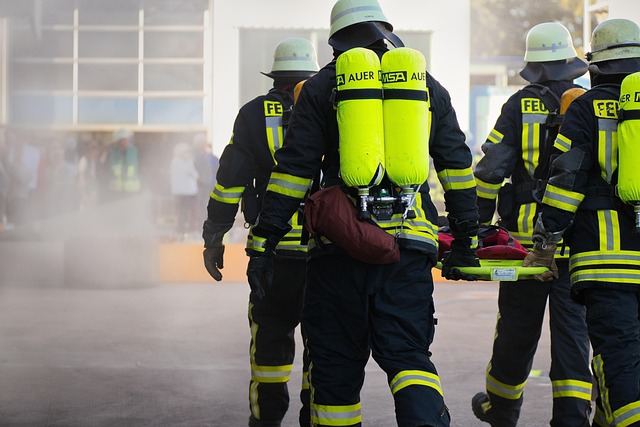Fire Damage Restoration Jobs: Roles, Skills, and Career Paths
Fire damage restoration is a hands-on field that combines technical skill, safety awareness, and customer service. Professionals in this area respond after fires to assess structural and content damage, remove soot and smoke residues, dry water-damaged areas, and restore properties to a safe condition. This article outlines typical duties, the kinds of damage you’ll encounter, how to begin a restoration career, where to look for jobs, and which skills and certifications help you advance.

What does a fire restoration technician do?
A fire restoration technician responds to properties affected by fire, focusing on stabilizing the site, preventing further damage, and starting restoration work. Common tasks include board-ups and tarping, smoke and soot removal, odor control, pack-out and inventory of belongings, structural drying after firefighting water, and surface cleaning. Technicians document conditions, take photos for reports, and coordinate with supervisors and insurance adjusters.
Work is often physically demanding and may require climbing, lifting, and working in confined or dusty environments. Safety procedures—respiratory protection, gloves, and training on hazardous materials—are central to the role.
What damage assessments are required?
Fire-related damage often includes thermal damage (char and burn), smoke and soot contamination, chemical residues from combustion, and water damage from firefighting efforts. A thorough assessment identifies structural dangers (compromised joists, weakened walls), moisture pockets, and salvageable vs. unsalvageable contents. Technicians use moisture meters, hygrometers, and visual inspection to create mitigation and drying plans.
Accurate assessment informs scope-of-work documents and cost estimates used by restoration companies and insurers. Clear documentation and communication are essential to set realistic expectations for property owners and contractors.
How to start a restoration career
Entry into the field can begin with on-the-job training as a restoration technician or helper. Many employers hire individuals with backgrounds in construction, janitorial services, HVAC, or general trades and provide hands-on training. Vocational schools and community colleges sometimes offer relevant coursework in building science, HVAC basics, and remediation techniques.
Certifications from recognized bodies—such as Institute of Inspection, Cleaning and Restoration Certification (IICRC) courses—and safety training (OSHA awareness, respiratory protection) are commonly recommended. Employers often look for a valid driver’s license, basic tools, and an ability to pass background checks. Progression can move from technician roles to lead technician, estimator, or project manager with experience and additional training.
Where to find restoration jobs and leads
Restoration jobs exist within independent local contractors, national restoration firms, insurance restoration divisions, and emergency response teams. Job leads can come from general employment platforms, trade associations, local contractor listings, and networking with property managers, plumbing and construction businesses, or insurance adjusters. Seasonal spikes in demand follow natural disasters or large regional fire events, but this article does not represent specific openings.
This content is informational and does not imply that particular employers are actively hiring or that immediate positions are available. Interested job seekers should verify openings directly with companies and use reputable job-search resources.
Skills and certifications for restoration jobs
Technical skills include knowledge of cleaning agents and chemistry, equipment operation (air movers, dehumidifiers, HEPA vacuums, thermal foggers), basic carpentry for boarding and temporary repairs, and moisture-detection techniques. Strong documentation skills—taking photos, writing clear reports, and using estimating software—help in working with insurance claims and project managers.
Soft skills are equally important: communication, empathy, and customer service when working with occupants who have suffered losses. Certifications commonly pursued by professionals in the industry include IICRC courses related to fire and smoke restoration, applied structural drying, and odor control. Ongoing continuing education keeps technicians current with best practices and safety standards.
Conclusion
A career in fire damage restoration blends practical trade skills with safety awareness and customer-focused service. Entry pathways vary from on-the-job training to formal certifications, and advancement comes through experience and specialized education. While restoration work can be physically and emotionally demanding, it also offers varied tasks, technical challenges, and the chance to help property owners recover after traumatic events.






